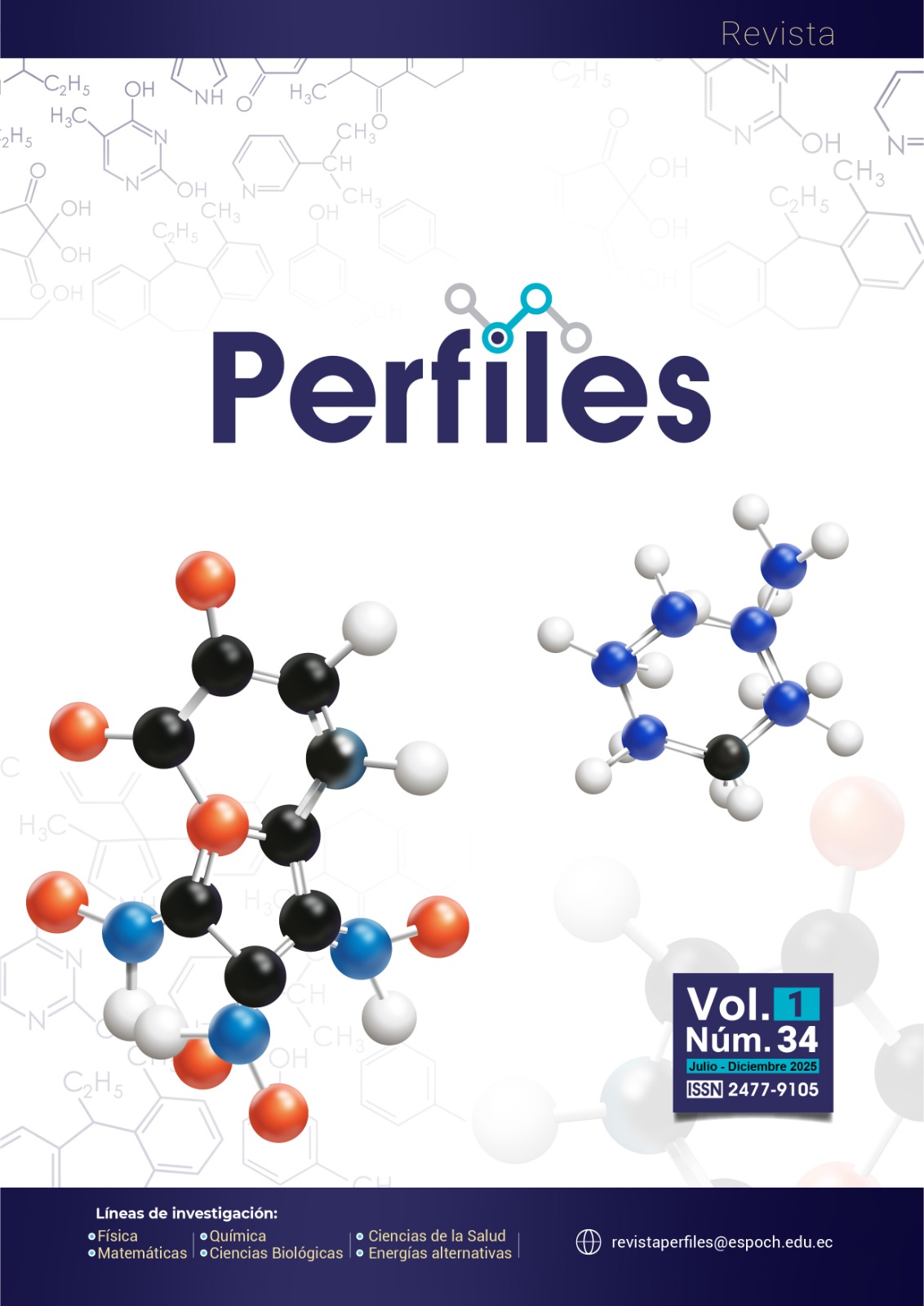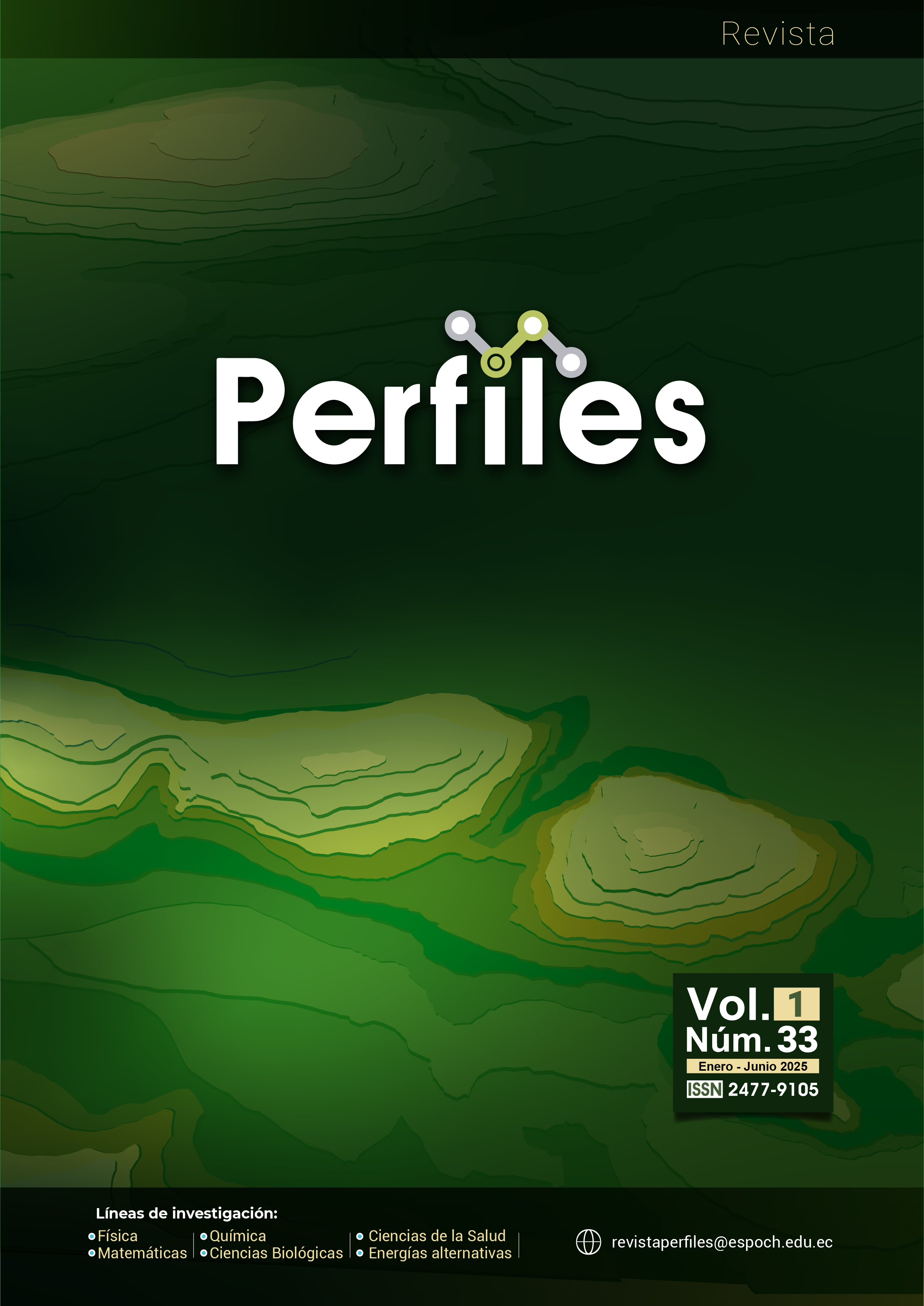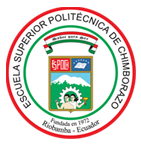Classification of sports drinks and energy drinks by chemometrics
DOI:
https://doi.org/10.47187/perf.v1i34.336Keywords:
Sports drinks, energy drinks, chemometricsAbstract
This work is aimed to develop an accurate, dependable procedure to discriminate between sports drinks and energy drinks. Since these two types of beverages differ in their chemical properties, these properties can be used to develop a classification model which accurately separates those groups. The classification model has been built utilizing chemometric techniques such as Principal Component Analysis and Cluster Analysis, that are highly appropriate for this objective. A set of 11 beverages (7 energy drinks and 4 sports drinks) was characterized by 8 chemical properties and the resulting data set was analyzed with the chemometric techniques mentioned above. Such analyses provided a very accurate method to distinguish between the two types of beverages. It is concluded that chemometrics is a very efficient tool for the treatment of multivariate chemical data, particularly for modelling and classification purposes.
Downloads
References
Higgins JP, Babu K, Deuster PA, Shearer J. Energy drinks: a contemporary issues paper. Current Sports Med Rep. 2018;17(2):65–72.
Sutehall S, Muniz Pardos B, Bosch AN, Di Gianfrancesco A, Pitsiladis YP. Sports drinks on the edge of a new era. Current Sports Med Rep. 2018;17(4):112–116.
Nadeem IM, Shanmugaraj A, Sakha S, Horner NS, Ayeni OR, Khan M. Energy drinks and their adverse health effects: a systematic review and meta analysis. Sports Health. 2021;13(3):265–277.
Bleakley A, Ellithorpe ME, Jordan AB, Hennessy M, Stevens R. A content analysis of sports and energy drink advertising. Appetite. 2022;174:106010.
Simulescu V, Ilia G, Macarie L, Merghes P. Sport and energy drinks consumption before, during and after training. Science & Sports. 2019;34(1):3–9.
Yang H, Senarath D, Oral C, Ramkumar J. The growing market for energy and sports drinks in the United States: Can chocolate milk remain a contender? J Food Distrib Res. 2020;51(2):131–157.
Peker Z, Köse DA. Content analysis of locally marketed energy drinks: Turkish market. Hacettepe J Biol Chem. 2023;51(4):341–349.
Pfender E, Bleakley A, Ellithorpe M, Hennessy M, Maloney E, Jordan A, Stevens R. Perceptions of sports and energy drinks: factors associated with adolescent beliefs. Am J Health Promot. 2023;37(1):84–88.
Hernández León A, Artavia G, Cortés Herrera C, Granados Chinchilla F. Chromatographic determination of major physiologically active components in energy drinks and sports aids commercialized in Costa Rica. J Food Nutr Res. 2022;61(2).
García MA, Ruiz Y, Rodríguez JE, Cruz Socorro A, Casariego A. Isotonic sports drink prepared from pineapple juice: stability during its accelerated storage. Agroind Sci. 2023;13(3):135–142.
Martins EC, Santana ER, Spinelli A. Nitrogen and sulfur co doped graphene quantum dot modified electrode for monitoring of multivitamins in energy drinks. Talanta. 2023;252:123836.
González Domínguez R, Sayago A, Fernández Recamales Á. An overview on the application of chemometrics tools in food authenticity and traceability. Foods. 2022;11(23):3940.
Wang HP, Chen P, Dai JW, Liu D, Li JY, Xu YP, Chu XL. Recent advances of chemometric calibration methods in modern spectroscopy: algorithms, strategy, and related issues. TrAC Trends Anal Chem. 2022;153:116648.
Rodionova OY, Oliveri P, Malegori C, Pomerantsev AL. Chemometrics as an efficient tool for food authentication: golden pillars for building reliable models. Trends Food Sci Technol. 2024;104429.
Cohen Addad V, Kanade V, Mallmann Trenn F, Mathieu C. Hierarchical clustering: objective functions and algorithms. J ACM. 2019;66(4):1–42.
Ezugwu AE, Ikotun AM, Oyelade OO, Abualigah L, Agushaka JO, Eke CI, Akinyelu AA. A comprehensive survey of clustering algorithms: state of the art machine learning applications, taxonomy, challenges, and future research prospects. Eng Appl Artif Intell. 2022;110:104743.
Schreiber JB. Issues and recommendations for exploratory factor analysis and principal component analysis. Res Social Adm Pharm. 2021;17(5):1004–1011.
Hasan BMS, Abdulazeez AM. A review of principal component analysis algorithm for dimensionality reduction. J Soft Comput Data Min. 2021;2(1):20–30.
Gewers FL, Ferreira GR, Arruda HFD, Silva FN, Comin CH, Amancio DR, Costa LDF. Principal component analysis: a natural approach to data exploration. ACM Comput Surv. 2021;54(4):1–34.
Oyewole GJ, Thopil GA. Data clustering: application and trends. Artif Intell Rev. 2023;56(7):6439–6475.
Ullmann T, Hennig C, Boulesteix AL. Validation of cluster analysis results on validation data: a systematic framework. Wiley Interdiscip Rev Data Min Knowl Discov. 2022;12(3):e1444.
Sorochan Armstrong MD, De la Mata AP, Harynuk JJ. Review of variable selection methods for discriminant type problems in chemometrics. Front Anal Sci. 2022;2:867938.
Inić S, Ljepović M, Domijan A, Srdarević S, Jablan J, Markov K. HPLC analysis of citric and tartaric acids in fruit nectars and juices. Croat Chem Acta. 2020;93(1):57–62.
Rustam. Pretreatment methods for enhancing machine learning performance on metabolomics data. IEEE Access. 2025;[Epub ahead of print].
Sun J, Xia Y. Pretreating and normalizing metabolomics data for statistical analysis. Genes Dis. 2024;11(3):100979.
Downloads
Published
How to Cite
Issue
Section
License

This work is licensed under a Creative Commons Attribution-NonCommercial 4.0 International License.


























